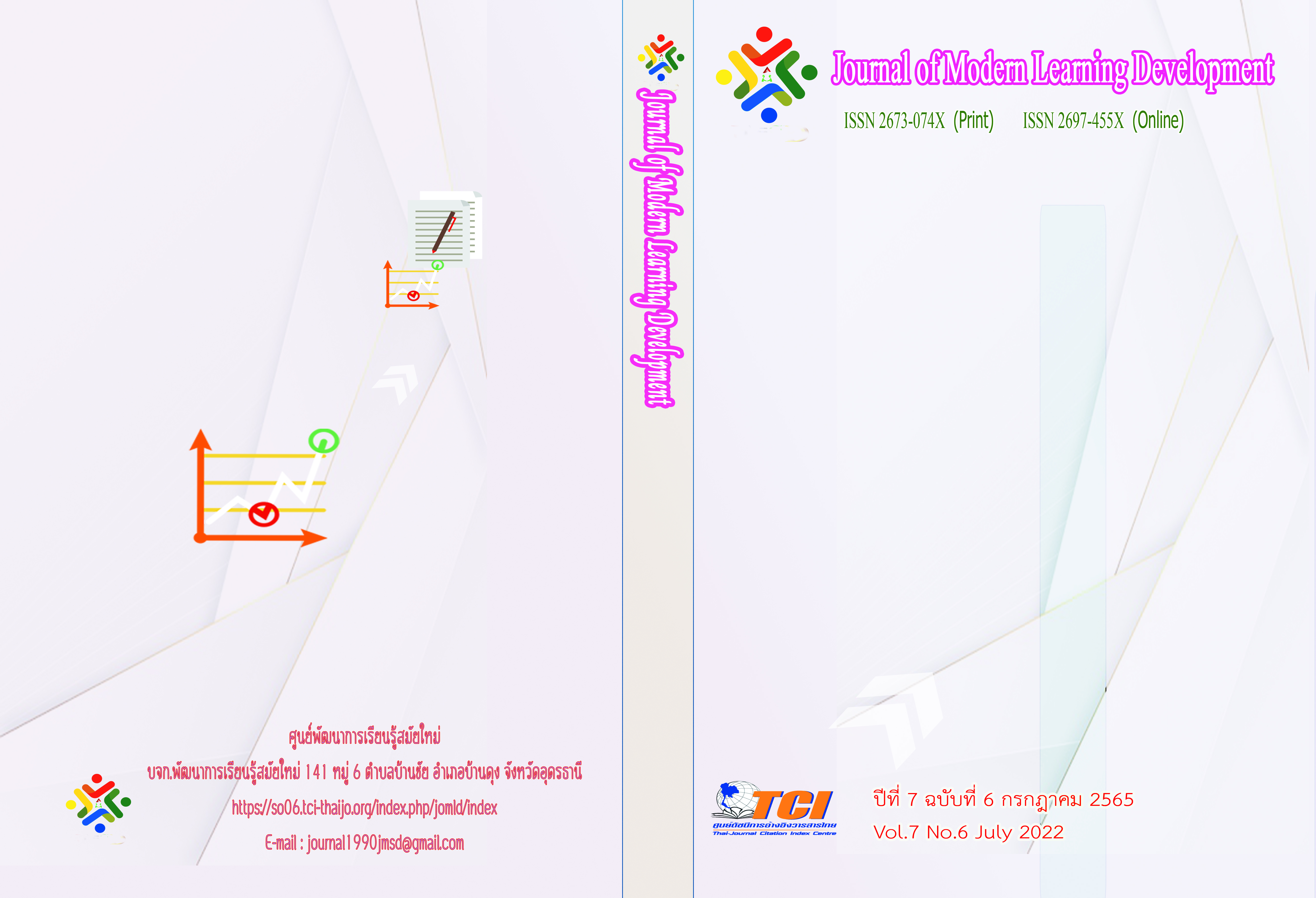Research on the International Communication Path of Chinese Brands in the Digital Environment-Taking Chinese Brands on YouTube as an Example
Main Article Content
Abstract
The study's objectives were to: 1) develop a new theoretical model for studying Chinese brands' international communication paths in the digital environment; 2) establish a new decision-making framework for Chinese brands' international communications in the digital age. This was a qualitative study. As research tools, the content research approach and the case study approach were used. The video content and comments of the six Chinese brands with the best communication effect on YouTube are the research objects in this paper, while the research content is the coding – decoding process of Chinese brands and consumers. In this paper's content coding section, six films with the best brand communication effect were chosen for content coding analysis. When it comes to the consumer, the top 300 comments in six cases were chosen for content analysis, with Chinese samples removed (because the researchers wanted to focus on non-Chinese comments), for a total of 12909 samples.
As a result of the research, 1) Constructed a model of Chinese brands' international communication path on the YouTube platform. It has been established that the international communication of Chinese brands does not adhere to the traditional linear communication model. The transfer of information is not a simple increase or decrease from the coding of brand communication to consumer decoding, but other cultural consumers reconstruct by their own code system. Cross-cultural communication awareness of Chinese brands, a cross-cultural code system, and customer behavior all influence brand coding. Decoding is influenced by two factors: the consumer's own code system and cultural conflict factors. Under the influence of the aforementioned elements, consumers will use hegemonic decoding methods, negotiated decoding methods, and resistive decoding methods to decode the brand's content and construct new meanings. The creation of an international communication path model of Chinese brands on YouTube clearly demonstrates the process and influencing factors of the flow of meaning from brand to other cultural consumers. 2)Develop a new decision-making framework for Chinese brands' international communication in the digital age. When Chinese brands go global on social media platforms, they should begin by selecting communication content from a variety of perspectives. Second, they must consider the identification of the dissemination subject. Finally, they should consider the technical aspects of the social network.
Article Details
References
Cheng Manli, & Zhao Xiaohang. (2018). National Brand Communication in the Era of data. Nanjing Social Sciences (1), 6-9.
Li Jin.(2013).Cross-cultural Research from The perspective of Mead's Symbolic Interaction theory. Qilu Journal, (6), 5-7.
Li Huajun, &Tu Wenjia.(2019). Practical characteristics and path innovation of China's national brand external communication in the era of intelligence media. E- government,(11),6-9.
Shi Anbin, & Zhang Yaozhong. (2020). Reform, Breakthrough and Innovation: Review and prospect of China's foreign communication theory and practice. External communication ,(1), 4.
Shu Yongping, & Shen Zhengfu. (2016). On National Brand Communication -- Value-oriented National communication in the context of information Society. Academia ,(9), 11-15.
Xiao Jun, & Zhang Chi. (2020). Research on symbolic narrative of short video cross-cultural communication. Journalism and Writing, (3), 8-11.
Xin Jing, & Ye Qianqian. (2020). Analysis and Reflection on the Cross-culturalcommunication of Chinese culture on international social media platforms –taking Li Qi's video comments on YouTube as an example. Journalism and Writing, (3), 7-10.
Yu Guoming, Lan Meina, & Li Wei. (2017). Intelligence: The Core Logic of FutureCommunication Mode Innovation -- Also on the basic operation Paradigm of "artificial intelligence + media". Journalism and Writing, (3), 5-7.
Yu Guoming, & Ma Hui, (2016). New Power Paradigm in the Internet Era " Empowering Relationships "-- the reorganization of social relations and the change of power pattern under the scenario of" Connecting everything ". International Press, 38(10), 22-26.
Zhu liangjie, He Jiaxun,& Huang Haiyang.(2017). Value co-creation in the digital world: Constructs, themes and research prospects. Economic Management ,(1),14-16.
Hall, Edward T.(1976),Beyond Culture, Anchor Books, 105.
Jang, J. (2001). The meaning of communication in cultural group activity. Bulletin of the Graduate School of Education the University of Tokyo,(40), 241-249.


